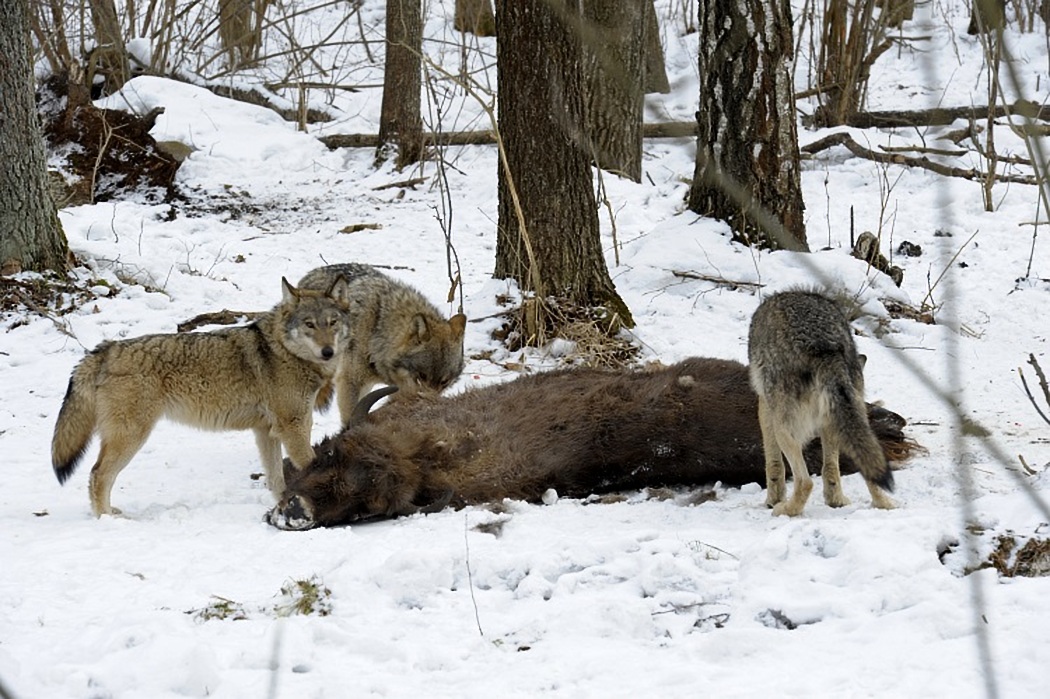Thirty-two years after the Chernobyl disaster scientists are seeing a significant rise in the population of gray wolves in the radioactive zone around the nuclear disaster site of Chernobyl. A new study reports that the wolves are now roaming out to other areas and may carry the mutant genes and can possibly spread them in the future. Researchers talked to Live Science and told them the radioactive zone is like a wildlife preserve for the wolves now. In the year 1986, due to some explosions, a nuclear reactor was damaged at the nuclear power plant in Chernobyl, Ukraine and it is said to be the most the most severe nuclear power plant disaster in history. It was classified as a level 7 event- the most extreme rating on the scale.
After the disaster, it was hard for researchers to figure out how contaminated Chernobyl was and so the area of a diameter of about 30 kilometers was deemed off-limits. authorities have allowed tourists to visit the site now but people are still prohibited from living there. The ‘exclusion zone’ has long confused scientists because a few past researches suggested that the wildlife in the area has not done too well and others have found out that wildlife has seen an increase in the population. According to Michael Byrne, lead author of the study and a wildlife ecologist at the University of Missouri, the rise in the population could be because the Chernobyl’s exclusion zone does not welcome human beings and that has made the zone “a de facto nature reserve”. The study was published recently in the European Journal of Wildlife Research.
Byrne told Live Science that the population of gray wolves especially saw a significant rise, approximately seven times greater than in surrounding areas. The research team predicts that because of their large numbers these wolves might scatter to several other regions- a large number of predators in one area could lead to competition and therefore the wolves might move on to different reserves. In fact, a young wolf has actually left the zone and the team was successful in tracking him. Scientists say that while the adult wolves did not prefer to leave the comfort of the zone, young wolves were eager to explore beyond the boundaries. “Instead of being an ecological black hole, the Chernobyl exclusion zone might actually act as a source of wildlife to help other populations in the region. And these findings might not just apply to wolves- it’s reasonable to assume similar things are happening with other animals as well”, said Byrne. The only thing that perplexes the team is whether the wolves will be bringing mutations along with them to these new regions- the team hopes to conduct future researches on the same.

